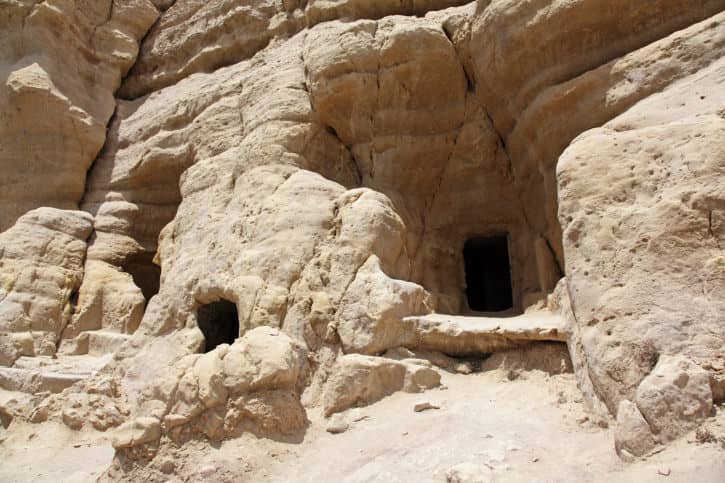 The island of Crete is made up of around three thousand caves, according to the Greek Speleological Society. As an essential part of the landscape, they are also woven into the history and legends of the island.
The island of Crete is made up of around three thousand caves, according to the Greek Speleological Society. As an essential part of the landscape, they are also woven into the history and legends of the island.
From the Minoans in Ancient Greece to the present day, the caves provide shelter, become sites of religious worship, and are beautiful features of the landscape. Here is an overview of the ancient history of the caves on this island.
Minoan Civilization
The Minoan Civilization took place on Crete from around 2600 BC to 1100 BC and caves were an integral part of their civilization. Archaeological evidence in these caves suggests that they were primarily used for religious worship. At the time, the Ancient Minoans were a polytheistic society who worshipped several deities, primarily goddesses.
It is interesting to note that the temples, which were eventually common in Ancient Greece as part of their religion, didn’t exist on Crete while the Minoan Civilization was there. Most of their religious practices took place inside the caves.
Birthplace of Zeus
There are a few conflicting reports as to where Zeus, the king of the gods, was born and raised. One legend places his birth in the Psychro Cave located in Lisithri, Crete. It is here where Rhea hid Zeus from his father, Cronus, who would have swallowed him to prevent an ancient prophecy from coming true.
According to the Oracle at Delphi, Cronus was fated to be defeated by his children, a fate that eventually came to pass. The Nymphs raised Zeus in this cave in secret until he was old enough to defeat his father.
Archaeological evidence from the Psychro cave does suggest that this cave was the site of religious activity. For example, an altar in the upper cave was discovered in 1900 with bones from various animals such as bulls and deer, suggesting religious sacrifice. This, however, doesn’t prove or disprove the legend of Zeus’s birth.
Minotaur’s Labyrinth
According to legend, the Labyrinth was constructed to house the Minotaur, a creature that is part man and part bull. In literature, it is usually accepted that the Labyrinth was an elaborate maze, constructed by Daedalus, the master craftsman. Though this is a myth, as it turns out, it may at least partially be based on fact.
Archaeologists have been searching for the actual site of the legendary Labyrinth and one of the possibilities is the cave at Gortyn. Upon examination, archaeologists have discovered that at least some parts of this cave are manmade, making it high on the list of potential sites for the Labyrinth.
Many of the caves on Crete also have a place in modern history. For example, the cave at Melidoni was the site of a holocaust in the early 1800’s during the island’s struggle to be liberated from the Ottoman Empire. Early Christians also used the caves as a place of worship, particularly during the Ottoman occupation, where Christianity was outlawed.
They are such an integral part of the landscape, it is certain that the caves will be a part of Cretan history for generations to come.

